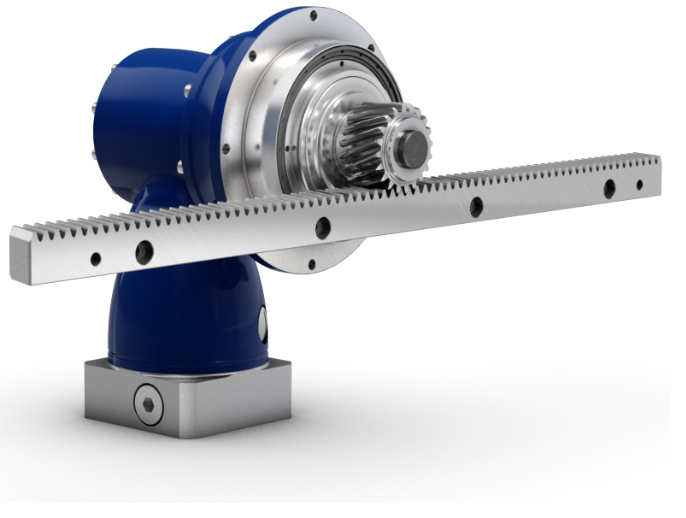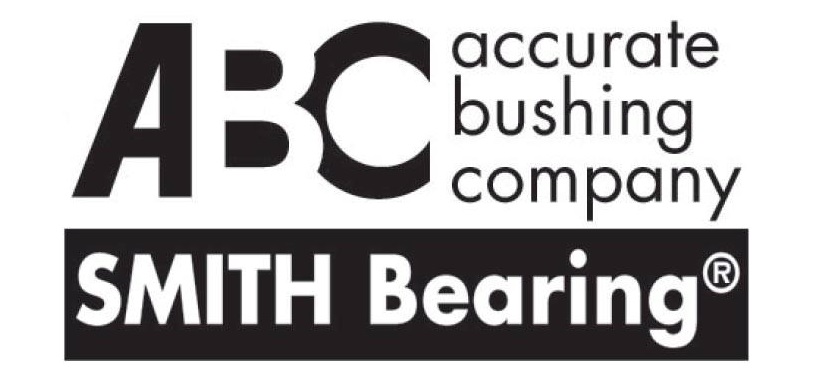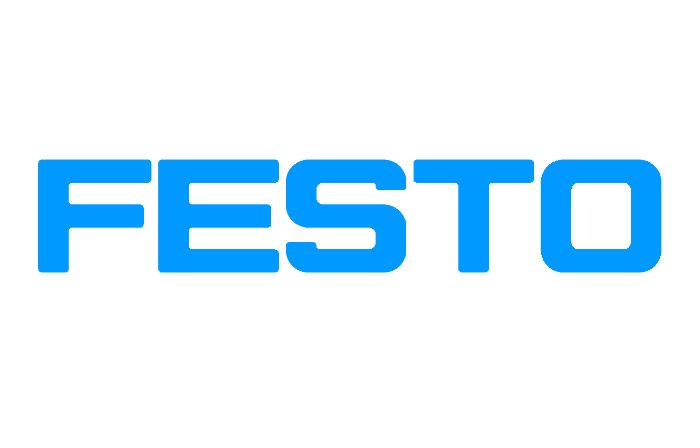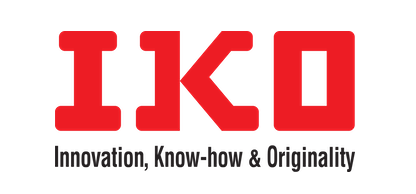
Linear Motion
Linear motion is the change of position from one place to another in a straight line or a curved path and one dimension. Also, it is the change of position concerning a time interval. Linear motion is part of motion control that consists of several technologies, including linear motors, linear actuators, and linear rolling guides and bearings.
Linear motion systems have become increasingly critical throughout production areas. In industries like automation, fluid power, and pneumatics,
HVH Industrial Solutions offers a wide variety of linear motion products such as linear bearings, shafting, ball screws, lead screws, linear actuators, linear motion systems, shafting, pallet lifters with chain, belt lifters, servo actuators, and more. Linear motion products are widely used for conveyors, the steel industry, mechanical handling, and similar applications.
HVH Industrial works with the specialized engineering teams of manufacturers to meet our customer's requirements and the highest quality standards.
If you have any questions, write us via live chat (one of our team members will answer your questions), call, or send us a quote request. The HVH team is always ready to help you.
 1(866)577-4040
1(866)577-4040
or
Linear Motion
Manufacturers
What is Motion
Motion is the free movement of a body with respect to time and can be defined as a process of changing position. Linear Motion is the change of position from one place to another in a straight line and in one dimension. The two types of linear motion are uniform linear motion and non-uniform linear motion. Uniform linear motion is motion with constant speed(zero acceleration), while non-linear motion is motion with variable speed and the acceleration/deceleration is not equal to zero. Actuators, linear bearings, and control systems are the three main components of linear motion systems.
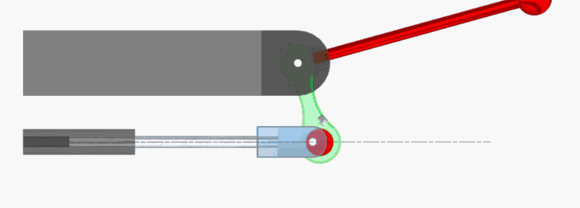
Selecting a Linear System
When selecting and sizing a motion system, the acronym POSTLUDES abbreviates the key elements. POSTLUDES stands for Precision, Orientation, Speed, Travel, Load, Unknown, Duty Cycle, Environment, and Safety. Each of these elements should be considered independently and jointly, as all requirements should be met and sometimes can disqualify a potential solution if one element is not met.
Precision indicates accuracy and repeatability. Accuracy is the difference between where the system really is and where the controller thinks it is. In contrast, repeatability is the difference in position when a system returns to a specific location under the same conditions.
Orientation is an essential factor, especially when combined with load. A system working in the horizontal direction may not work in the vertical direction, as the motor has to deal with the gravitational force.
Speed not just only consists of velocity or maximum velocity, but also acceleration/maximum acceleration, desired motion profile, and the acceleration rate.
Travel consists of three elements: stroke, overtravel, and overall envelop. Stroke is the distance the system travels. Overtravel is the extra travel used to compensate for installation errors. Overall envelope is the total space available to the motion system.
Load is the force/forces acting on the system. A load consists of three components: static, dynamic, and impact. The static load is when the system is fully loaded and at rest, while the dynamic load is when acceleration/deceleration acts on the system while moving. The impact load is when the system crashes.
Unknowns are unexpected variables that can affect performance. Unknowns can be known variables, but we don’t see how they will affect the system. Common unknowns are extra loads from misaligning parallel linear guides and extra drag from cable. Also, misusing the system is considered unknown.
The duty cycle is calculated by looking at a single move. The duty cycle is the time the system will take to make a single move and how long the system will rest between each movement.
Environmental effects are considered in two ways: how will the environment affect the system and how will the system affect the environment? For example, is the temperature too hot or cold for the system, and will the system contaminate the environment?
Safety is one of the most important factors to work with. Ignoring a small safety factor can have disastrous effects. For example, we should consider what will happen to the system in case of a power failure or a natural disaster and will the people around the system be safe.
Linear Motion Products
Linear Actuators
A linear actuator is a device that transforms rotational motion into linear motion along a straight line. Selecting an actuator depends on speed, accuracy, duty cycle, loads, efficiency, required life, machine configuration, and installation limitations. The main types of linear actuators are ball and lead screws, screw jacks, and electromechanical actuators. Ball and lead screws are mechanical parts that transform rotational motion to linear motion with highly accurate positioning; a screw jack is made up of an input rotating shaft, a linear output shaft, lubricant, and support bearings and is one of the oldest actuating devices. Electromechanical actuators consist of a screw or belt drive to produce precise linear positioning and guidance. Check our article about the Advantages and applications of Thomson Electromechanical Actuators.

Precision Linear Actuator by Thomson
Linear Bearings
A linear bearing supports the load during its single-axis linear motion system and provides a low-friction sliding surface. Linear Bearings are used in applications that require the linear motion of heavyweights in a repeatable motion. The selection of a linear bearing depends on the loads, accuracy, speeds, duty cycle, machine configuration, required life, rigidity, and installation limitations. The main types of linear bearings are plain linear bearings, linear rolling guides, and linear rolling bushings. Linear rolling guides and linear rolling bushings are rolling-element bearings, but plain linear bearings are sliding-contact bearings.

Linear Bushing Bearing by Thomson
Control Systems
Control Systems monitor the motor and the system position at all times. A control system monitor consists of electric circuits the position sensors(optical encoder) needs to identify the positions. Control system monitors allow controlled motion along several axes through computers and programmable controls. An encoder indicates an actual position by creating pulses as it moves. If an error is detected between the desired and actual positions, the controller orders the motor to adjust the speed to eliminate the error.

Linear Motion Control System
Linear Motors
Linear motors produce linear motion without transferring rotational motion into linear motion and have their own support system. Linear motors eliminate the need for linear bearings, screws, belts, and gears.







